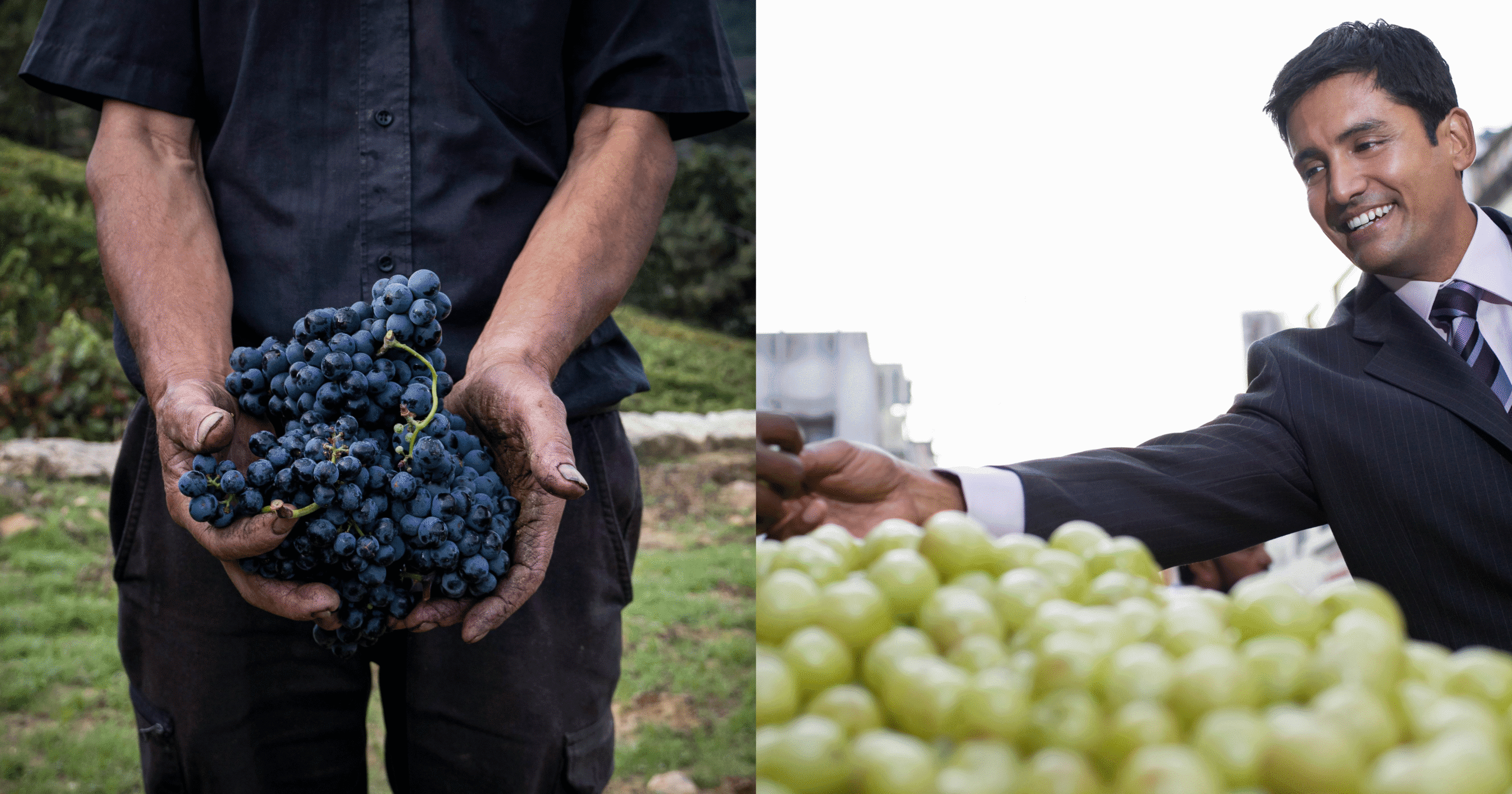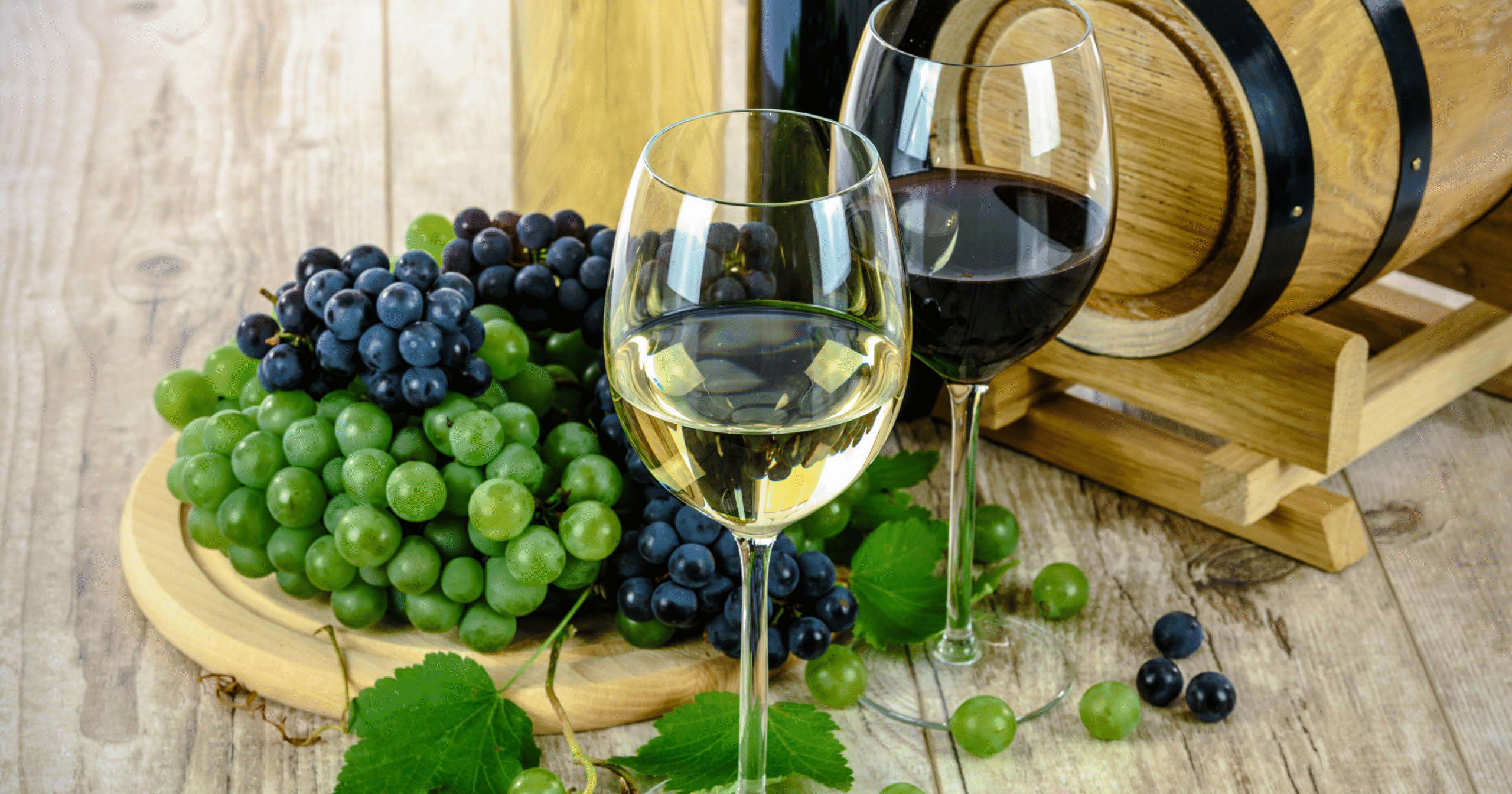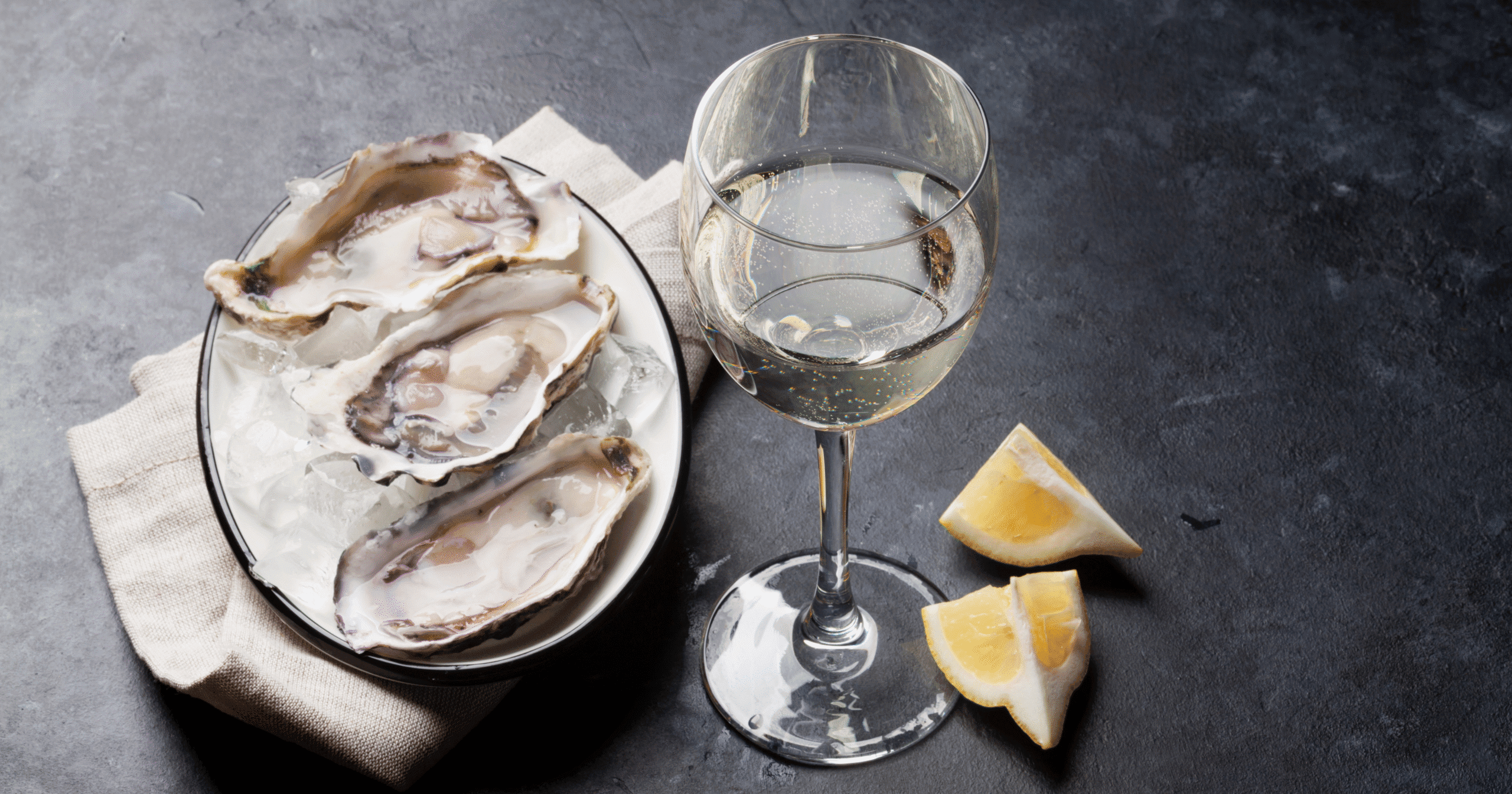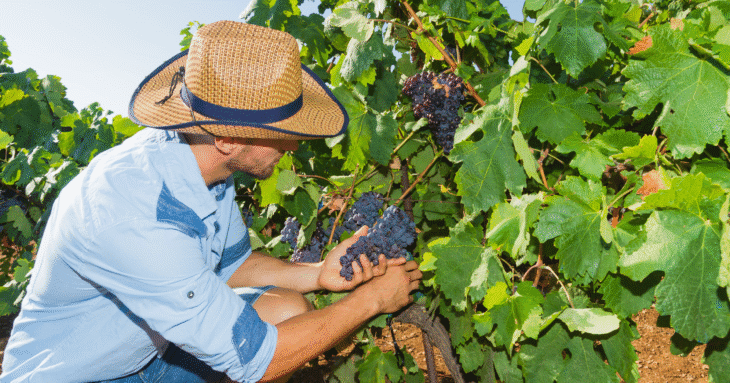What Is Grower Champagne? A Guide to Artisanal Bubbles
Champagne, the name alone evokes celebration, romance, and timeless luxury. But beyond the grandeur of iconic labels and glittering flutes lies a movement reshaping how we think about this world-renowned wine. Welcome to the world of Grower Champagne, where elegance meets authenticity, and every bottle tells the story of its vineyard.
What is grower champagne? Grower Champagne is sparkling wine produced by the same estate that grows the grapes, emphasizing terroir, tradition, and craftsmanship over mass production.
This category has captivated wine lovers, sommeliers, and collectors alike in recent years. The allure? Transparency. Personality. And above all, a deeper connection to the land. In an industry often dominated by polished branding and global consistency, Grower Champagne stands as a return to roots—a celebration of nature, heritage, and the artistry of winemaking at its most intimate scale.
Key Takeaways
Grower Champagne is made by producers who grow their own grapes and craft the wine on the same estate.
“RM” labels on bottles indicate Récoltant-Manipulant, which confirms grower-origin production.
Vineyard-focused production allows for organic or biodynamic farming and wines that reflect specific terroirs.
Taste and style vary widely, with lower dosage and minimal intervention highlighting vintage expression.
Supporting grower Champagne means backing sustainability, tradition, and small family-owned vineyards.
What Is Grower Champagne?
Grower Champagne refers to sparkling wine made by the same estate that grows the grapes used in its production. This distinguishes it from Champagne houses (Grandes Marques) that often source fruit from many different vineyards.
Grower-producers are typically small, family-owned domaines who craft their wines from specific plots of land they know intimately. These wines often reflect microclimates, soil types, and individual vineyard personalities in ways that mass-produced Champagne simply can’t.
On the label, look for “RM” (Récoltant-Manipulant), which indicates the wine was grown and made by the same estate.
Legal Classification and Labeling
In the world of Champagne, the initials on the label reveal a lot about the wine’s origin:
- RM (Récoltant-Manipulant): Grower Champagne
- NM (Négociant-Manipulant): Big houses that buy grapes
- CM (Coopérative de Manipulation): Made by a growers’ cooperative
- RC (Récoltant-Coopérateur): Grown by the producer but made at a co-op
French law is strict about these designations to maintain transparency and authenticity. RM wines must use at least 95% estate-grown grapes.
Grower vs. Big House Champagne

Production Differences
The most visible distinction lies in the source of grapes. Growers use their own estate fruit, while big houses often purchase grapes from multiple vineyards across the region.
Vineyard care is deeply personal for growers. Many farm organically or biodynamically, valuing biodiversity and soil health. The result is a wine that channels the precise character of its terroir.
Large houses focus on consistency, blending across years and regions. Growers lean into uniqueness and often produce in smaller quantities.
Taste and Style
Expect variation. Grower Champagne expresses the vintage and vineyard rather than smoothing over differences for uniformity.
These wines often feature native fermentation, minimal dosage, and lower sulfur use. The goal: let the land and vintage speak.
There’s also more room for creative experimentation, from oak aging to single-parcel bottlings to zero dosage styles.
The History of Grower Champagne
Origins of Champagne Production in France
Champagne has been cultivated since the Roman era, but its transformation into a sparkling sensation began in the 17th century. By the 1800s, houses like Veuve Clicquot and Moët & Chandon had cemented their global influence.
These maisons became marketing powerhouses, turning Champagne into a global luxury good. However, this came at the cost of homogenizing regional identity.
The Grower Champagne Movement
After World War II, some growers sought independence from the dominance of the grandes marques. They began vinifying their own wines, despite initial skepticism from the market.
Over time, thanks to importers and curious sommeliers, these wines gained acclaim. Landmark tastings and global recognition helped grower Champagne find its place in fine wine circles.
How Grower Champagne Is Made

From Vineyard to Bottle
Many growers adopt organic or biodynamic methods, avoiding synthetic pesticides and prioritizing ecological balance. Harvesting is often done by hand to preserve grape integrity.
Minimal intervention continues in the cellar. Indigenous yeasts may be used, and fermentations occur in stainless steel or oak barrels, depending on the producer’s vision. Each stage is tailored to highlight the vineyard’s voice, not mute it.
Differences in Aging, Dosage, and Style
Sur lie aging (on the lees) adds texture and complexity, and many growers opt for extended periods to enrich the wine.
Dosage is often lower, resulting in brut nature or extra brut styles that emphasize freshness and purity. Natural acidity and minerality shine through, making grower Champagnes remarkably food-friendly.
Notable Grower Champagne Producers to Know
Household Names in the Grower World
- Pierre Péters: Known for elegant Chardonnay-based Champagnes from Le Mesnil-sur-Oger.
- Egly-Ouriet: Cult classic with bold, oxidative style from Ambonnay.
- Larmandier-Bernier: Biodynamic pioneer with textured, terroir-driven wines.
- Vouette & Sorbée: Biodynamic producer from the Aube, producing expressive Pinot Noir blends.
Each of these producers exemplifies a distinct approach to terroir and winemaking philosophy.
Hidden Gems and Rising Stars
- Ruppert-Leroy: Small, natural-leaning grower with vineyard-specific bottlings.
- Marie-Courtin: Spiritual, energetic wines from a single vineyard in the Aube.
Great bottles can be found under $75, especially from lesser-known villages or young winemakers establishing their craft.
How to Read Champagne Labels Like a Sommelier
Cracking the Code: Producer Initials (RM, NM, etc.)
Producer initials give insight into the wine’s origin. RM signals estate-grown and bottled, while NM often indicates broader sourcing. Train your eye to spot RM for grower bottles. It’s a quick indicator of authenticity.
Vintage, Village, and Vineyard Clues
Look for terms like “Premier Cru” or “Grand Cru” for high-quality vineyards. Disgorgement dates, sometimes printed on back labels, tell you when the sediment was removed and hint at bottle age and style.
Where to Buy Grower Champagne
Online Retailers and Wine Clubs
Retailers like K&L, Chambers Street Wines, and Flatiron Wines regularly stock grower bottles. Look for Champagne-focused clubs that spotlight artisan producers. Some French growers offer direct-to-consumer options, but import laws can vary by state.
Wine Shops, Markets, and Importers
Ask your local wine merchant for “RM Champagne” or wines from a specific village or grower. Seek out importers like Terry Theise or Becky Wasserman, who specialize in boutique French wines.
Pairing and Serving Grower Champagne

Food Pairing Suggestions
Grower Champagnes excel with food. Their brightness and complexity make them ideal partners for:
- Oysters and shellfish
- Fried chicken or tempura
- Soft cheeses like Brie or goat cheese
- Sushi, charcuterie, or even truffle popcorn
Proper Storage and Serving
Chill between 45°F and 50°F. Use a tulip-shaped glass rather than a flute to enhance aromas. Many grower Champagnes benefit from a few years of aging. Store bottles on their side in a cool, dark place.
Why Grower Champagne Is More Than Just a Trend
The Sustainability Angle
Small-scale producers often lead the way in sustainable viticulture. Many are certified organic or biodynamic, with deep respect for soil health and biodiversity. Their carbon footprint is also lower, thanks to limited mechanization and local grape use.
Supporting Local Winemakers and Craftsmanship
Buying grower Champagne is a vote for heritage. It supports families who have cultivated the same land for generations. Each bottle represents decades of learning, seasonal devotion, and an unwavering belief in the power of place.
Why Grower Champagne Deserves a Spot in Your Cellar
Grower Champagne isn’t just a wine; it’s a philosophy. It champions individuality, celebrates origin, and rewards those who seek something beyond the ordinary. It connects you to the vineyard, the vintage, and the people behind the label.
Once you experience the depth, nuance, and energy of a truly artisanal Champagne, you’ll find yourself reaching for it again and again.
At California Champagne Sabers, we believe in honoring these extraordinary bottles with the same care and ceremony they deserve. That’s why we craft sabers designed to elevate the moment—because opening grower Champagne should be as memorable as the wine itself.
